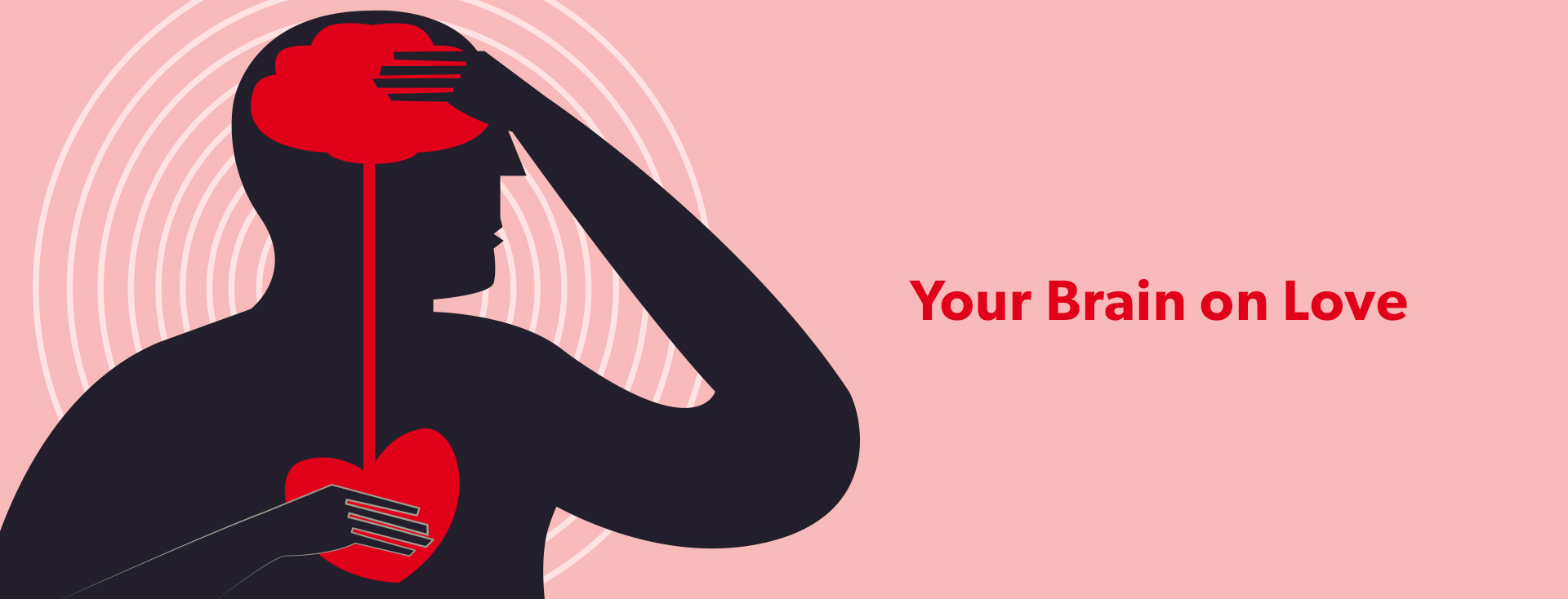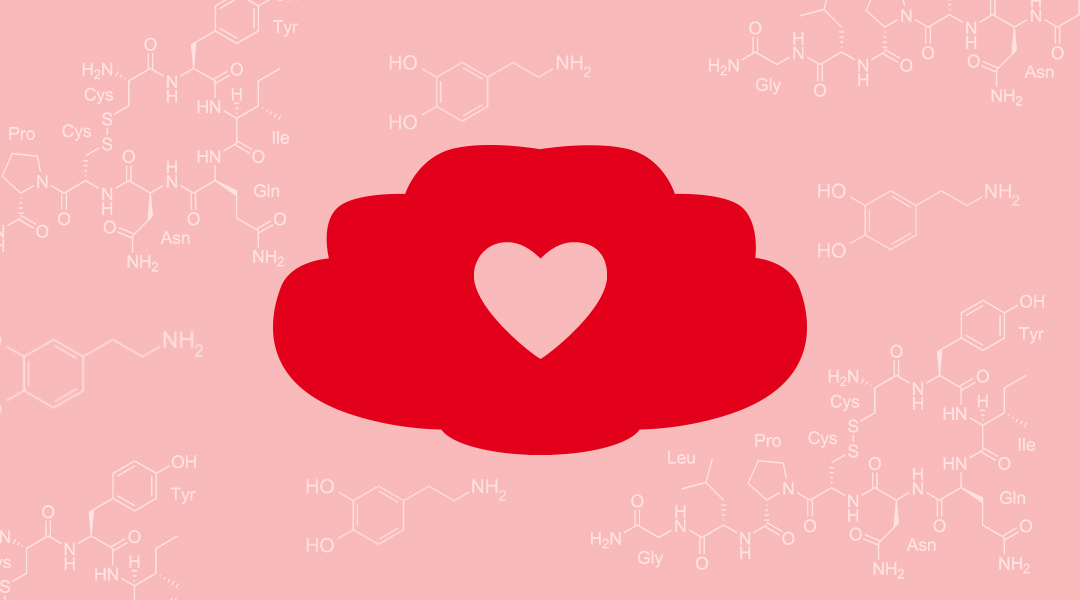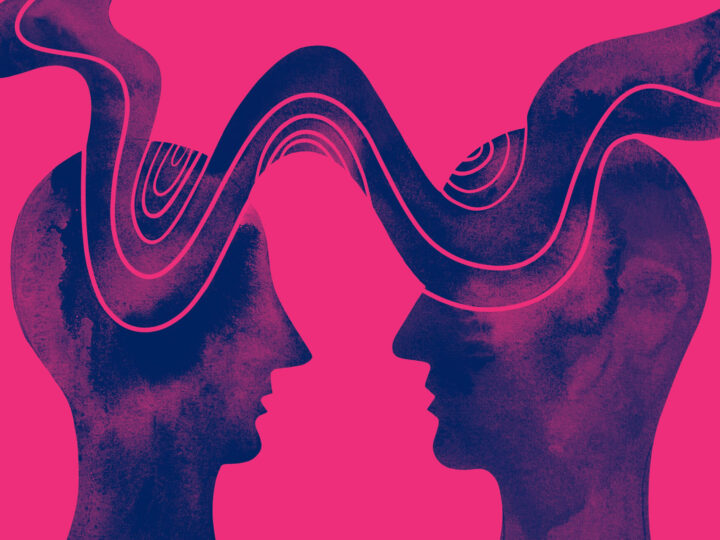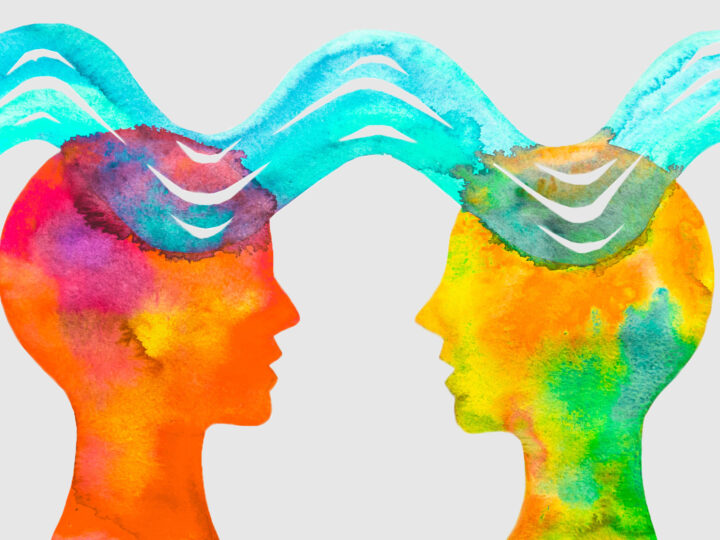
What does love look like?
If you’ve ever been in love then you know how it feels—exhilarating, like there’s a party going on inside your body, and maybe even a little scary because you never thought it was possible to feel that good. Of course, much of this feeling has to do with the explosion of hormones and neurotransmitters that are flooding the blood stream at the time. These include oxytocin, the same “love” hormone that creates the intense bonding between a mother and her newborn baby and dopamine, a neurotransmitter that increases motivation, attention, and the excitement of rewards for repeated behavior.
So we know what love feels like on a physical level, and we can see the aftereffects of it by the things people in love do for each other, but what does love look like? What is it on a biological level? It seems a lot of people are interested in the answer because statistics show the most popular phrase searched online is, “What is love?” To answer that question and to see love as it happens in real time, we have to look at the brain.
Love Lights Up
A joint study between universities in the U.S. and China divided 100 men and women into three groups—those who said they were deeply in love, recently ended a relationship, and had never been in love before. While not thinking of anything in particular, the test subjects’ brains were examined using functional magnetic resonance imaging (fMRI), which measures blood flow to parts of the brain due to heightened activity.

The scans revealed the brains of the people who were deeply in love showed much higher activity across a range of areas including those that deal with reward, emotion, motivation, and social functioning. The longer the person had been in love, the brighter those regions appeared on the scans. Even those with recently ended relationships showed activity in all the same areas, although the level was much lower. Researchers said the results provided empirical evidence of love’s alterations in the brain’s architecture. In other words, they can tell whether you’re in love or not just by looking at a scan of your brain.
We also know that love shuts down the neural pathway for negative emotions like fear and judging other people. When we can’t assess people critically, including our romantic partner, we can get into trouble with decision-making. So there is a neural basis for the old adage, “Love is blind.”
Love That Lasts
The good news is that if a couple can keep their heads during the passionate ups and downs of the initial stages of their relationship, while still making intimacy a priority even after things have “cooled off” over the years, studies show they have a very good chance of staying together long-term. In fact, research from Stony Brook University in New York examined fMRI brain scans of couples who were married an average of 21 years and found the same level of activation in the dopamine stimulated regions of the brain as newlyweds. To the researchers, the results confirmed that couples who say they’re as much in love today as the day they first met aren’t exaggerating. So love doesn’t have to fade into largely a friendship at middle age and beyond. Romantically speaking, we really can keep love alive in every sense of the word.
JOIN THE MOVEMENT
Subscribe to our newsletter and receive inspirational stories delivered to your inbox that spread love, updates on our movement, and notifications on upcoming deals & events.


